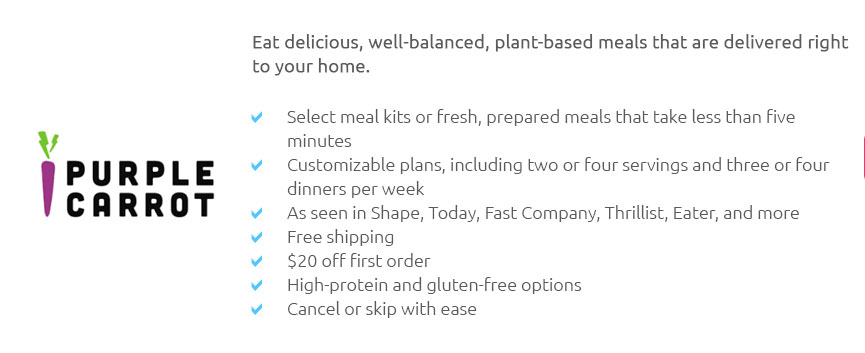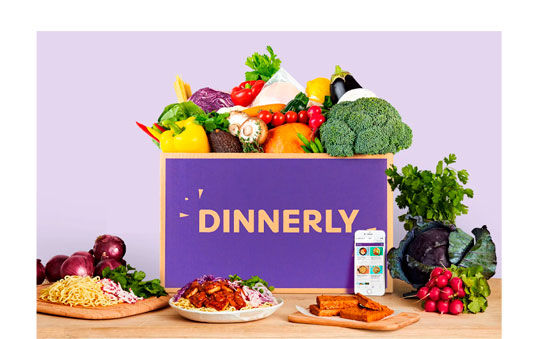 |
 |
 |
|---|
 |
|---|
 |
||||||
|---|---|---|---|---|---|---|
|
||||||
 |
 |
|||||
 |
 |
|||||
 |
 |
|||||
 |
 |
|||||
 |
 |
|||||
 |
 |
|---|
The Evolving Landscape of Food DeliveriesThe world of food deliveries has undergone a remarkable transformation over the past decade, morphing from a niche convenience into a ubiquitous part of urban living. This shift has not only changed the way we eat but also how we perceive dining and convenience. In today's fast-paced world, the allure of having a meal delivered straight to one's doorstep is undeniable. As a result, food delivery services have blossomed, offering an array of choices that cater to diverse tastes and preferences. Convenience and Variety: At the heart of the food delivery boom is the unparalleled convenience it offers. Gone are the days when ordering food meant limiting oneself to a handful of local takeout joints. Now, with just a few taps on a smartphone, a culinary world opens up, presenting everything from gourmet cuisine to comfort food. This explosion in variety is not just a boon for consumers but also a platform for restaurants to reach broader audiences. Moreover, the advent of technology has played a pivotal role in this evolution. With sophisticated algorithms and user-friendly apps, platforms like Uber Eats, DoorDash, and Grubhub have made it exceedingly easy for consumers to explore menus, read reviews, and make informed choices. This seamless integration of technology and gastronomy is nothing short of revolutionary. Impact on Restaurants and the Economy: While consumers revel in this newfound convenience, the impact on restaurants has been profound. On the one hand, food deliveries have enabled eateries to expand their customer base beyond the confines of their physical locations. This has been especially beneficial for small businesses and local joints that lack the resources for extensive marketing campaigns. On the other hand, it has also introduced new challenges, such as the need for efficient delivery logistics and the pressure of maintaining quality over distance. Economically, the food delivery sector has emerged as a significant player, contributing to job creation and fostering a gig economy. However, this is not without controversy. The reliance on gig workers has sparked debates about fair wages and working conditions, drawing attention to the need for balanced regulation that protects workers' rights while sustaining business growth. The Environmental Angle: The rise of food deliveries also brings environmental considerations to the fore. The increase in single-use packaging and carbon emissions from delivery vehicles are pressing issues that require innovative solutions. Many companies are beginning to address these concerns by exploring sustainable packaging options and investing in eco-friendly delivery methods, such as electric scooters and bicycles. The Future of Food Deliveries: Looking ahead, the trajectory of food deliveries seems poised for further evolution. With advancements in artificial intelligence and robotics, the future could see drones and autonomous vehicles becoming integral to the delivery process. This not only promises to enhance efficiency but also to further reduce the carbon footprint associated with traditional delivery methods. In conclusion, the food delivery industry is a dynamic and ever-changing landscape, shaped by technological advances, consumer preferences, and societal needs. While it continues to offer unparalleled convenience and variety, it also challenges us to think critically about sustainability and the socio-economic impacts of this modern-day convenience. As we stand on the cusp of even more innovative changes, one thing remains certain: food deliveries are here to stay, continually reshaping how we dine in the digital age. https://www.ubereats.com/city/albuquerque-nm?srsltid=AfmBOorFsNmvwn09OhK-2GY9wg_ilutu212B8ca--YIBEKw06iCDw6-c
Uber Eats makes it easy to discover new and nearby places to eat in Albuquerque. Browse tons of food delivery options, place your order, and track it by the ... https://www.grubhub.com/delivery/nm-albuquerque
$0 delivery - Eat My Thai Cuisine - Stackers Burger Co. - Torres Birria Taco Shop - Thai Cuisine - Thicc Pizza Co. - Chili's - WHATABURGER - Krung Thai ... https://www.doordash.com/food-delivery/albuquerque-nm-restaurants/?srsltid=AfmBOoq7EezKbL6XkI8qFj35nA3gJLblfegrJv_7ZhuGjPIE01qsZpuX
Discover 80+ top-rated restaurants near Albuquerque, including Chinese, fast food, breakfast, pizza and sushi. No delivery fee on your first order on ...
|
|---|


